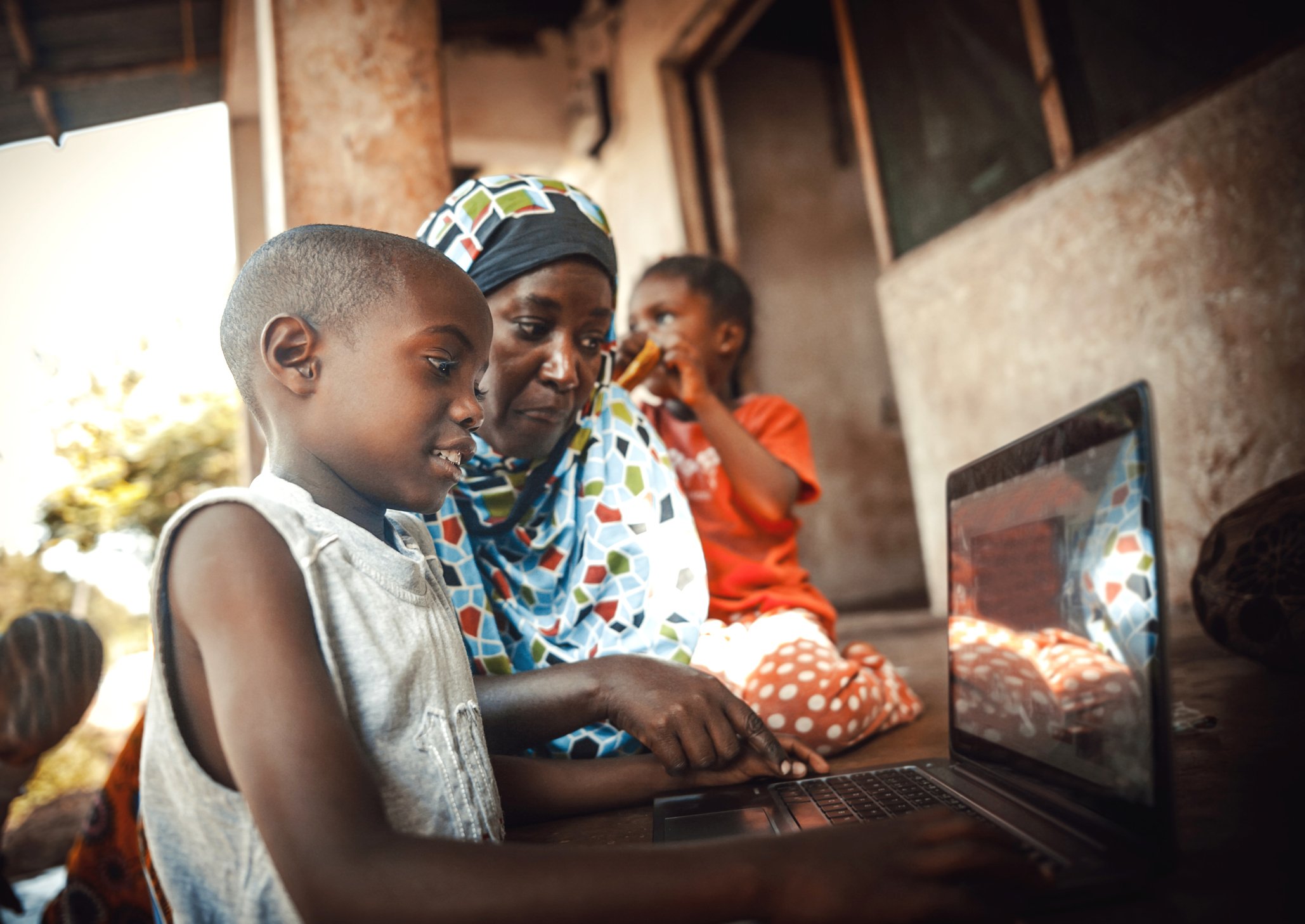
"The Velocity of Information”
Around the world, women and men have been tirelessly advocating for environmental justice. Too often their actions go unreported, their names remain unknown to so many of us, and their lives are lost because they sought environmental justice for themselves, for their people, and for their lands. Breiner David Cucuñame, Berta Cáceres, Ken Saro-Wiwa, Joannah Stutchbury, Juana Perea Plata. These are a few of the individuals, among the thousands , who have lost their lives documenting environmental injustices in the last few years.
THE PROBLEM
Today, the list of those who are risking their safety, security, and their lives in order to protect their their lands and their way of life is growing. Over 1700 land activist have been killed over the last decade. In 2022, two hundred women and men were killed because they were defending the environment. While they represent only 5% of the population, indigenous people are over 40% of those killed while defending their lands. Thousands more have been threatened, beaten, stalked, and judicially harassed.
Historically, organizations have supported indigenous leaders, activists, and evidence bearers on a one- on-one basis. This singularity of relationships stems from a long history of siloed approaches to conservation and environmental justice, and, frankly, competition for funding. This approach is costly not only in terms of dollars spent but in terms of risks taken, opportunities lost, and lives sacrificed.
THE SOLUTION
The velocity of money is a measure as to how many times a dollar bill changes hands. Similarly, the velocity of evidence is representative of an individual image, data point, or other confirmation of injustice being used again and again and again to hold individuals, corporations accountable and to ensure consumers are informed. By leveraging single evidentiary pieces multiple times, we will be able to reduce the risk evidence bearers, storytellers, and journalists face. LMJ works with its partners to identify:
tools and technologies that facilitate information sharing and data access between and for organizations
Growing networks of communities to share information, evidence, and data at scale for increased safety and effective impact
Fostering innovative partnerships to deliver change on the ground
